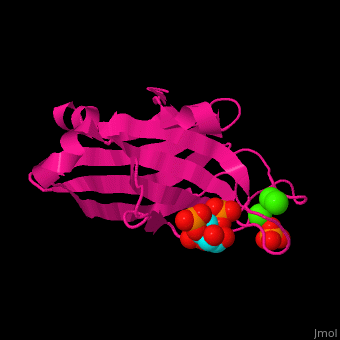Function
Protein kinase C (PKC) phosphorylates serine or threonine residues in proteins. PKC act in signal transduction pathways[1]. PKC consists of regulatory domain hinged to a catalytic domain. The regulatory domain contains the C1 region which binds diacylglycerol (DAG) and phorbol esters and the C2 domain which is a Ca+2 sensor. PKC contains Pleckstrin Homology (PH) domain which binds phosphatidylinositol lipids (PTDINS). The PH domain is found in proteins involved in intracellular signaling.
- Conventional PKC (CPKC) - α, β1, β2, γ – are activated by DAG, Ca+2 and a phospholipid.
- Novel PKC (NPKC) – δ, ε, η, θ – are activated by DAG.
- Atypical PKC (APKC) do not require DAG or Ca+2 for activation.
Relevance
Activation of PKC and elevated levels of DAG are associated with vascular abnormalities in retinal, renal and cardiovascular tissues. Inhibitors of PKC-β are tested for prevention of diabetic complications[2]. Activation of PKC-α and PKC-β are linked to malignant phenotypes while PKC-δ is thought to mediate anti-cancer effects[3].
Structural highlights
near the [4]. Water molecules are shown as red spheres.
3D structures of protein kinase C
Protein kinase C 3D structures

